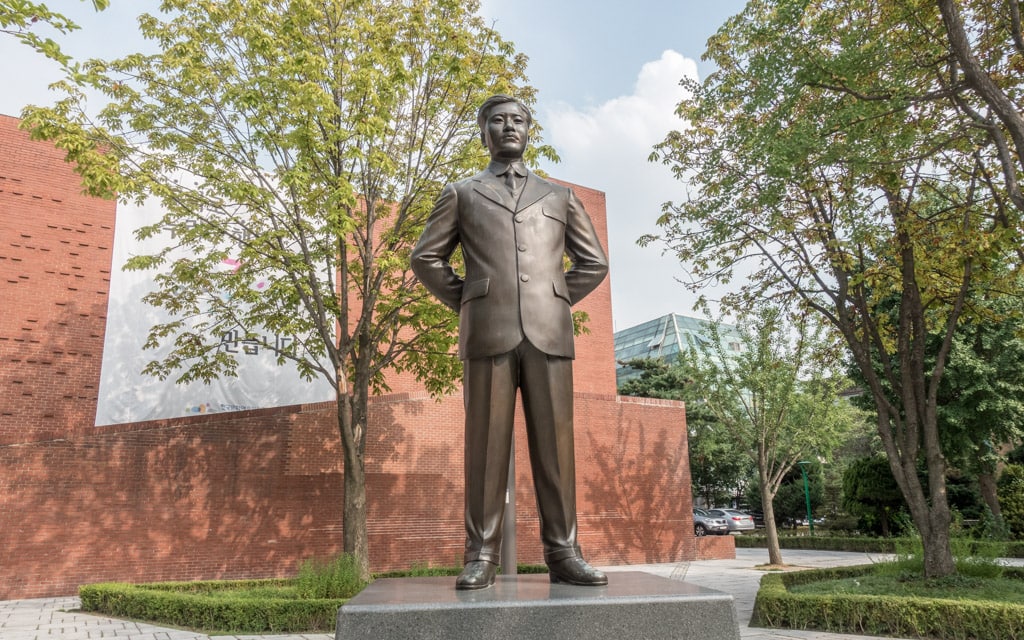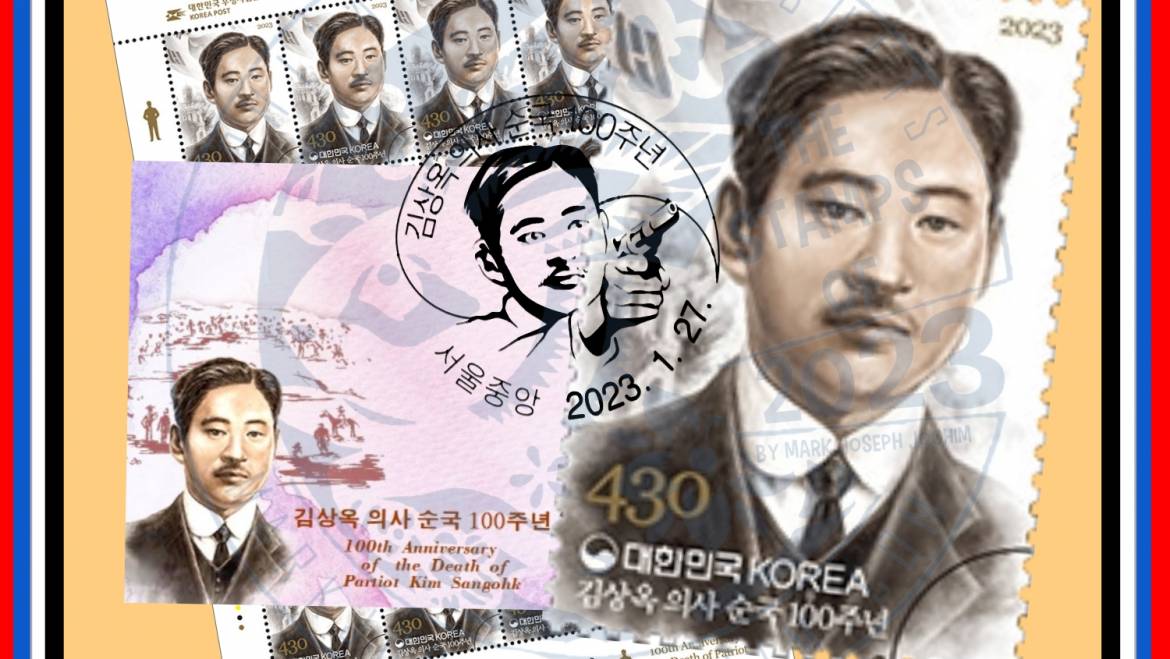On a recent bone-chilling Saturday morning, I took the subway to Samgakji Station and walked five minutes to the War Memorial of Korea. I had been to this place before, in 2009. There was a certain exhibit I wanted to see, about a Korean freedom fighter named Kim Sang-ok. I thought I was familiar with most of the people (Yoon Bong-gil, Kang U-gyu, An Jung-geun, Lee Bong-chang et al.) from a century ago who sacrificed their lives to expel the Japanese, but not Kim. I had to know more.
The exhibit was well conceived and well done, with one exception: The text was almost entirely in Korean. Sixteen-plus years in this country, and I have yet to master the language. Ok, shame on me—the standard mea culpa. On the other hand, the pull of Korean history was such that I made this trek to learn about Kim’s life. I could do little more than look at the displays, grumble and plan to write a letter to the curator. I have not yet composed that missive, but I did make my displeasure clear to the two young people sitting at the front desk before I walked out.
Kim was born on January 5, 1889 (some sources say 1890), in Hyoje-dong, Jongno-gu, just northwest of Gyeongbok Palace. From a poor family, he worked as a weaver starting at age 8. Within 10 years, he had opened a profitable hardware store. That enabled him to fund a variety of independence endeavors. Furious about how the colonialist Japanese were undermining Koreans’ very identity, he concluded that protests and petitions were not getting the job done—although he fully supported the March 1, 1919 Declaration of Independence event at Tapgol Park, producing and distributing many Taekgukis. Shortly thereafter, he and young men like Yun Ik-jung and Shin Hwa-soo formed a secret organization dedicated to armed struggle.
For the next three years, he moved furtively between Seoul, Shanghai (site of the Korean Provisional Government) and Manchuria. In November 1922, he and comrade Ahn Hong-han left Shanghai in possession of a wooden box containing anti-Japanese propaganda, four pistols, 800 rounds of ammunition and some bomb-making materials. While Kim originally wanted to assassinate Governor-General Saitō Makoto, he chose an equally audacious plan: to bomb Jongno Police Headquarters, then a focus of Korean people’s resentment for suppressing and crushing numerous independence activists. Kim himself had undergone interrogation and torture there.
On the night of January 12, 1923, Kim Sang-ok threw a bomb toward a window on the west side of the police station. He then hid himself in the house of his brother-in-law Go Bong-geun in the Yongsan district. The police, acting on a tip provided by a collaborator, came to get him five days later.
At dawn on January 17, between 15 and 20 armed cops from Jongno Police Headquarters surrounded the house. A deadly shootout ensued in which Kim killed one officer and wounded two more. He escaped that cordon by donning the robes of a Buddhist monk and then climbing barefoot to the top of snow-capped Namsan. From there, he fled to the home of Lee Hye-su, a woman who served as a conduit of information for people resisting the Japanese.
His presence was detected on January 22, and a far greater contingent of Japanese police and soldiers—possibly as many as 1,000—converged. In a 3 1/2-hour firefight, Kim, with a pistol in each hand, is said to have ranged across the rooftops of five nearby houses. In between taking aim and shooting, Kim hurled imprecations at the J’s. He killed 16 and injured several others, and they plugged him 11 times. When his ammunition was all but spent, a blood-covered Kim took his own life. He was 34.
I find it somewhat surprising that the Japanese authorities allowed Kim’s family to recover his body. They buried him at a cemetery in Imun-dong on January 26, 1923, amid mournful cries.
Rest assured that the bold actions of Kim Sang-ok over those 10 days inspired many other Koreans and convinced them that the Japanese could be resisted and the nation’s sovereignty regained. He is commemorated with a statue in Seoul’s Marronier Park and a historical marker outside of gate 8 of Jonggak Subway Station, near the spot from which he threw that bomb at the Jongno Police Headquarters.

Statue of Kim Sang-ok in Seoul’s Marronier Park…


Add Comment